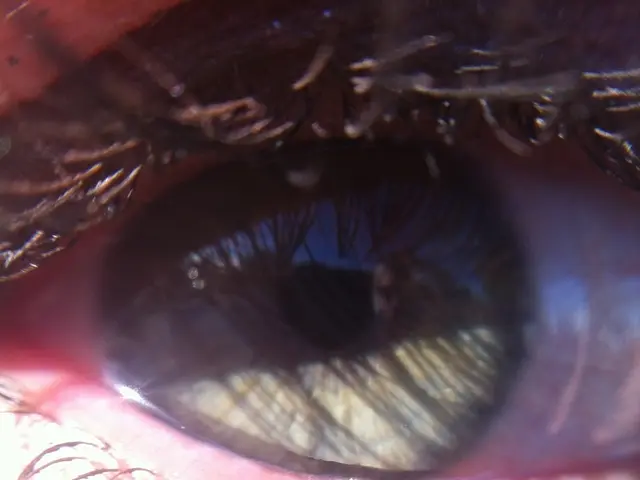Differentiating between Essential Tremor and Parkinson's Disease: A Comprehensive Comparison.
In the realm of neurological disorders, two conditions stand out for their impact on movement: Essential Tremor (ET) and Parkinson's Tremor (PT). While both may cause tremors, they differ significantly in their symptoms, causes, and treatments.
Symptoms
Essential Tremor is characterised by action and postural tremors, which worsen during voluntary movement or when holding a posture against gravity. It typically affects the hands, arms, and sometimes the head or vocal cords, and does not occur at rest. Parkinson's Tremor, on the other hand, is a resting tremor, occurring when muscles are relaxed. It is often described as a "pill-rolling" tremor of the hands and can also affect the lower lip, jaw, and leg.
Causes
The cause of Essential Tremor is poorly understood, thought to involve abnormal brain oscillations and structural changes. In contrast, Parkinson's Tremor is caused by a dopamine deficiency due to degeneration of substantia nigra neurons.
Treatments
Treatment for Essential Tremor focuses on symptom relief, with medications like beta-blockers and anticonvulsants, Botox injections, and focused ultrasound therapy used sequentially to balance efficacy and side effects. Parkinson's Tremor, however, is treated with dopaminergic medications that target the underlying dopamine deficiency.
Prevalence and Risks
ET affects an estimated 7-10 million Americans, while PT is more common in people aged 55-65. There is a potential increased risk of individuals with ET developing PD, but the extent of this risk is not consistent across all studies.
Management and Prognosis
While there is no cure for PD, medications or surgery can often improve motor symptoms. At the stage where drugs are less effective, doctors may recommend surgical treatment such as Deep Brain Stimulation (DBS) for PD. There is no cure for PD, but DBS can help alleviate symptoms for both ET and PD.
In summary, Essential Tremor manifests primarily during action or posture, with unknown cause and is mostly treated symptomatically, whereas Parkinsonian tremor occurs at rest due to dopamine loss with dopaminergic therapies as the main treatment. The International Essential Tremor Foundation provides a comparison table outlining the similarities and differences between the two conditions.
Physical therapy can play a crucial role in managing symptoms and improving quality of life for individuals living with neurological disorders such as Essential Tremor (ET) and Parkinson's Tremor (PT). In the realm of health and wellness, particularly in the context of medical-conditions like these, physical therapy interventions can help mitigate the impact of brain oscillations and structural changes in the case of ET, and address the underlying dopamine deficiency in Parkinson's. Research in neurological sciences continues to explore the efficacy of various physical therapy methods for treating these conditions and aiding in recovery.




